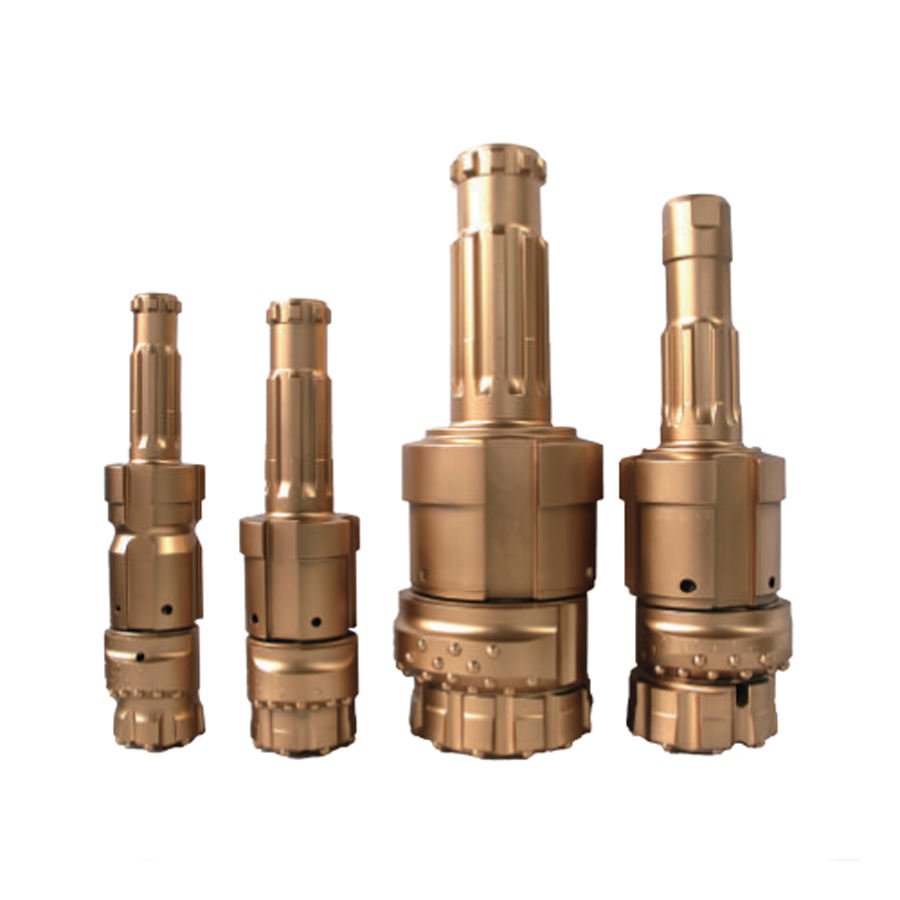Have you ever wondered why some drilling projects seem to flow seamlessly while others hit roadblocks?
DTH drill bits are the go-to for tackling deeper drilling, efficient energy transfer, minimizing hole deviation, and offering versatile sizes, making them perfect for challenging drilling scenarios. In these demanding conditions, DTH systems often outshine button bits with their superior performance.
I remember the first time I had to choose between DTH and button bits. Standing at the edge of a vast mining site, the decision felt daunting. What I learned, though, is that while button bits are reliable for certain projects, DTH drill bits truly shine when the going gets tough. They excel in drilling deeper, even through stubborn rock formations, thanks to their efficient energy transfer that ensures every ounce of effort counts.
For me, it was all about precision and control. When you're working on a complex project where accuracy is non-negotiable, the reduced hole deviation that DTH bits offer is invaluable. Plus, their versatility in size means they're up for almost any challenge. If you find yourself in tricky terrains or water-logged conditions, like I did, DTH bits can be the game-changer you need. So, next time you're faced with this choice, remember the unmatched benefits that DTH drill bits bring to the table.
DTH drill bits can drill deeper than top hammer bits.True
DTH drills have the hammer at the bottom, reducing energy loss.
Top hammer systems are more precise than DTH systems.False
DTH systems offer greater precision due to stable bit positioning.
What Are DTH Drill Bits and How Do They Work?
Ever found yourself wondering how we tackle the toughest rock formations with precision and efficiency? Let me introduce you to the wonders of DTH drill bits.
DTH drill bits, or Down-The-Hole drill bits, are revolutionary tools in the world of percussive drilling. These specialized bits work by channeling energy directly from a hammer located just behind the bit to the rock face, ensuring precise and efficient drilling through even the hardest rock formations. This direct energy transfer minimizes loss and enhances both depth and accuracy.
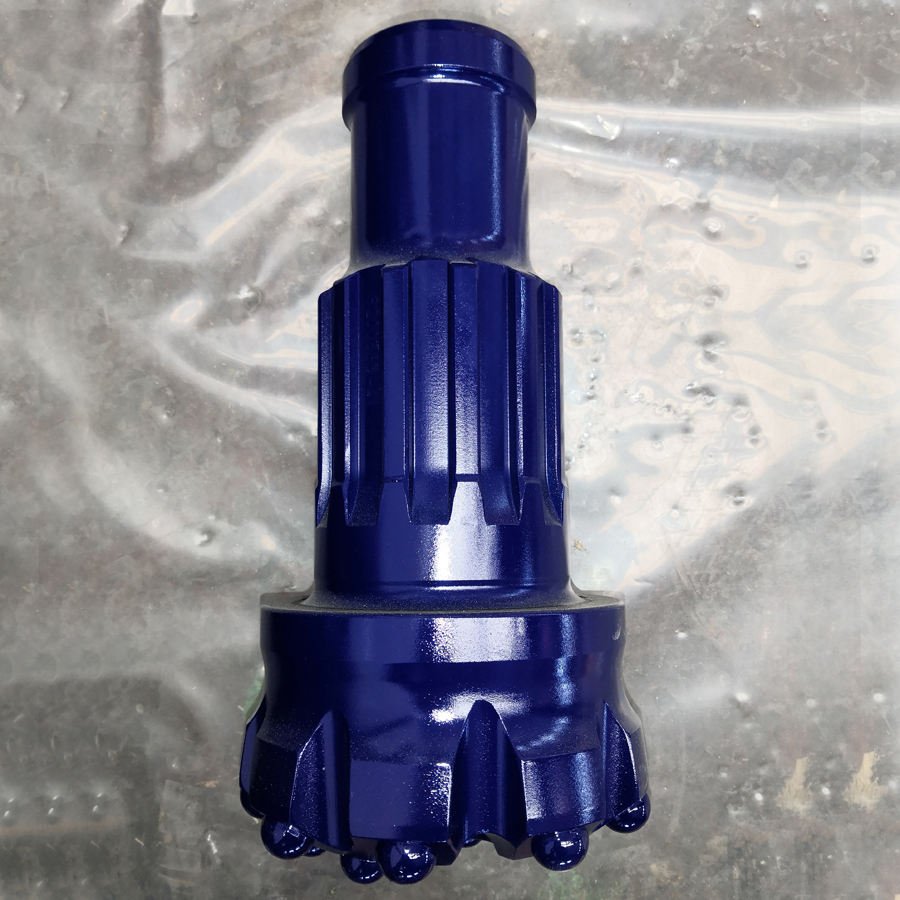
Understanding DTH Drill Bits
Let me share a moment from my early days in the field when I first encountered DTH drill bits. I remember standing there, awestruck, as these bits effortlessly penetrated the hardest granite. It's amazing how these seemingly simple tools are critical in industries like mining, construction, and exploration. They are built tough to withstand high-impact forces, making them indispensable when you're facing some of the most stubborn rock formations out there. Unlike top hammer drills where the hammer stays up on the surface, DTH drills cleverly position the hammer right at the bottom, right behind the bit.
The Mechanism Behind DTH Drill Bits
Think of the last time you tried to push a nail into a wall without a hammer. Now imagine having a powerful hammer right behind it – that's essentially how DTH drill bits work. The hammer delivers mighty blows directly onto the top of the bit, breaking and moving rock material efficiently. This direct energy transfer1 is a game-changer compared to top hammer systems where energy has to make its way down through long rods, often losing steam along the way.
Applications and Advantages
I've seen firsthand how DTH drill bits shine when you need deep, precise boreholes. They're the go-to choice in hard rock conditions where other methods might falter. The advantages of DTH drill bits2 over top hammer systems are clear – there's less hole deviation due to their rigidity, better energy transfer, and they can drill deeper. Whether it's mineral exploration or laying down foundation piles, these bits are up for the challenge.
Choosing the Right DTH Drill Bit
Picking the right DTH drill bit is a bit like choosing the right tool for any job – it depends on what you're dealing with. Rock hardness, hole diameter, and drilling depth all play a part. With an extensive size range available, you can tailor your choice to fit your project perfectly. Understanding these factors can greatly impact drilling efficiency3, allowing for cost-effective operations without skimping on precision.
DTH drill bits reduce hole deviation more than top hammer bits.True
DTH drilling offers better precision and control, minimizing hole deviation.
Top hammer systems are more effective in underwater conditions than DTH.False
DTH drills are more effective in wet conditions due to less water ingress.
How Does Energy Transfer Differ Between DTH and Button Bits?
Imagine being on a drilling site, where every second counts and efficiency is king. What if the choice of your drill bit could make all the difference?
DTH drill bits excel in energy transfer efficiency compared to button bits due to their unique setup. The hammer in a DTH system is positioned right behind the drill bit, ensuring minimal energy loss and maximizing impact at the rock face. This design leads to faster penetration, especially in deep and hard rock formations.

Energy Transfer Mechanics in Drilling
I've spent countless hours on drilling sites, watching how every piece of equipment needs to work in perfect harmony to achieve the best results. One thing I've noticed is how energy transfer is a game-changer in drilling operations. With Down-The-Hole4 (DTH) bits, energy travels directly from the hammer to the bit, minimizing loss through the drill string. This direct path allows for efficient drilling even when faced with deep boreholes or tough rock environments.
On the flip side, button bits rely on energy traveling down a lengthy drill rod from a hammer situated at the surface. Imagine trying to shout down a long hallway—the further it travels, the more it fades. Similarly, energy dissipates as it travels downward, reducing effectiveness at greater depths. This means button bits can struggle in very deep drilling scenarios.
Factors Affecting Energy Transfer Efficiency
Several factors influence how effectively energy is transferred in DTH and button bit systems. From my experience, the type of rock formation is crucial; harder rocks benefit more from DTH's direct energy application. The diameter of the drill hole also plays a role; larger diameters often see better performance with DTH bits due to their robust design and energy transfer capabilities5.
Environmental conditions can't be ignored either. DTH systems tend to perform better in wet or underwater settings than top hammer systems because they handle water ingress more effectively. This adaptability makes DTH drills an excellent choice where traditional button bits might struggle.
Applications and Implications of Energy Transfer Differences
Choosing between DTH and button bits usually comes down to the specific needs of a project. From my own projects requiring depth and precision, like mineral exploration or foundation work, I've seen how the superior energy transfer efficiency of DTH bits can lead to significant boosts in productivity and cost-effectiveness.
However, in less demanding conditions or when rapid shallow drilling is needed, button bits have their place. Their lighter setup and quicker initial speed are beneficial for projects where depth isn't the main concern, allowing for swift task completion.
Understanding these differences lets professionals select the right drilling equipment6 to align with their project goals and environmental conditions. It’s like choosing the right tool for a job at home; when you get it right, everything just works smoother.
DTH drill bits allow for deeper drilling than button bits.True
DTH bits have the hammer at the hole bottom, minimizing energy loss.
Button bits are more efficient in hard rock than DTH bits.False
DTH bits deliver direct energy to rock face, enhancing efficiency.
When do DTH drill bits shine the brightest?
Have you ever found yourself knee-deep in a project wondering if there's a better way to tackle those hard rock layers?
DTH drill bits excel in tough drilling scenarios, especially in deep, hard rock conditions. They reduce hole deviation and handle abrasive or fractured rock efficiently. Their design ensures direct energy transfer, making them perfect for precision tasks requiring accuracy and depth.
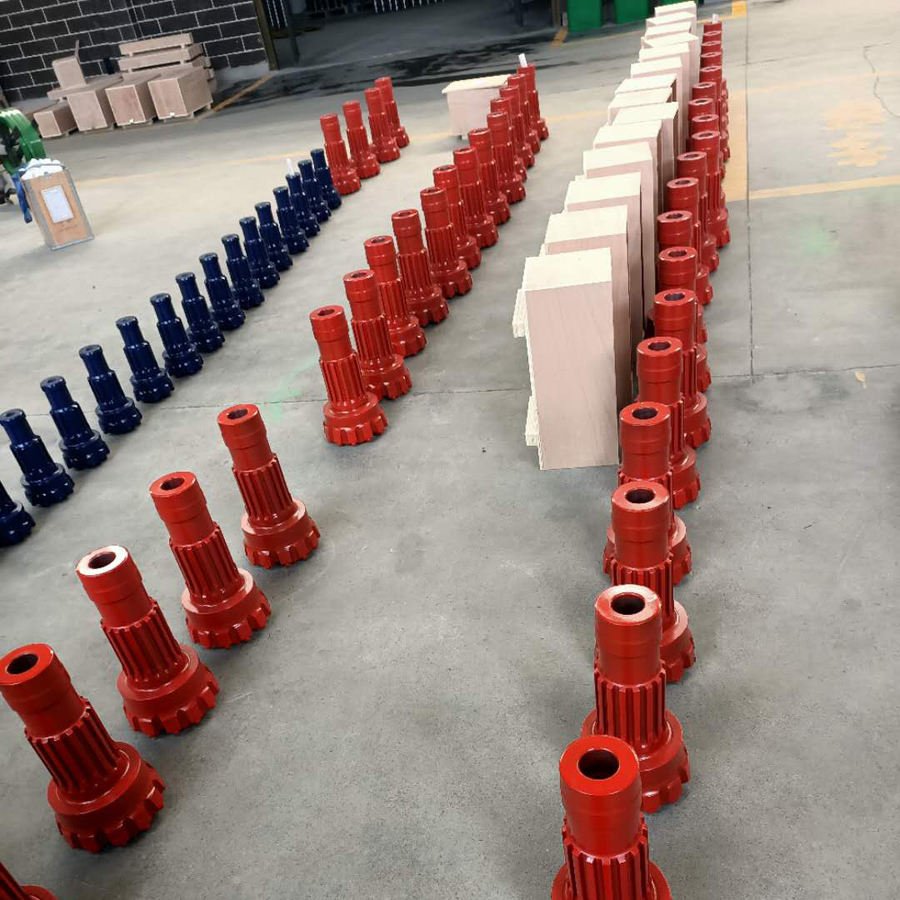
Deep Drilling Projects
Imagine standing at a site, the sun beating down as you watch your team struggle with a deep drilling project. I've been there, too, watching as top hammer systems lose their punch because the energy dissipates over the long drill string. But with DTH bits, it's like having a secret weapon that keeps the percussive force right where you need it—at the drilling face. This efficiency turns a grueling task into something manageable, especially in ventures like mineral exploration or deep foundation piling.
Handling Hard Rock Formations
There's nothing quite like the challenge of hard rock formations. You know the ones—they seem to mock every attempt to break through. In such scenarios, DTH drill bits come to the rescue. The hammer strikes directly on the bit, translating to maximum force right where it's needed. It's like watching a heavyweight boxer land a perfect punch, making those tough rock layers crumble more easily. In mining and quarrying, where speed is money, this efficiency is a game-changer.
Precision in Directional Drilling
Accuracy isn't just a luxury; it's often a necessity. I remember a project where precision was paramount. The DTH drill bits provided us with greater control and reduced hole deviation significantly. It was like having a compass that always pointed true north, ensuring our boreholes met exact specifications without costly do-overs.
Versatility Across Various Applications
From small blast holes to large infrastructure projects, the versatility of DTH systems is unmatched. I once worked on a quarry project where we needed both precision and adaptability. These drills handled it all, making them a contractor's best friend when flexibility is key. Exploring new drilling techniques can provide insights into optimizing these tools, ensuring that no matter the job, you're covered.
Performance in Wet Conditions
Wet conditions can be a nightmare for many drilling systems. Picture this: you're overseeing an offshore drilling operation, and water is everywhere. The beauty of DTH drills is their resilience in such conditions. Their design prevents water ingress into the hammer mechanism so even in waterlogged scenarios they keep performing while other systems falter. For bridge construction or any underwater task, this reliability is invaluable.
All in all, DTH drill bits are like that trusted tool in your kit—engineered to thrive where others struggle. Whether it's their robust design or operational flexibility, they offer advantages that can significantly enhance project outcomes across industries.
Understanding how different drilling technologies7 compare can aid in selecting the right tools for specific challenges.
DTH drill bits minimize energy loss in deep drilling.True
DTH bits have the hammer at the bottom, reducing energy loss.
Top hammer systems are better for underwater drilling.False
DTH systems are more effective in water-logged conditions than top hammer.
Why is Hole Deviation Reduced in DTH Drilling?
Ever wondered why DTH drilling is hailed for its precision and accuracy in drilling? Let me take you on a journey through the depths of this fascinating technology.
DTH drilling reduces hole deviation by positioning the hammer directly behind the drill bit, ensuring more precise energy transfer and stability. This setup minimizes vibrations and energy loss, enabling accurate drilling paths even in challenging geological formations, making it an ideal choice for precision-demanding projects.
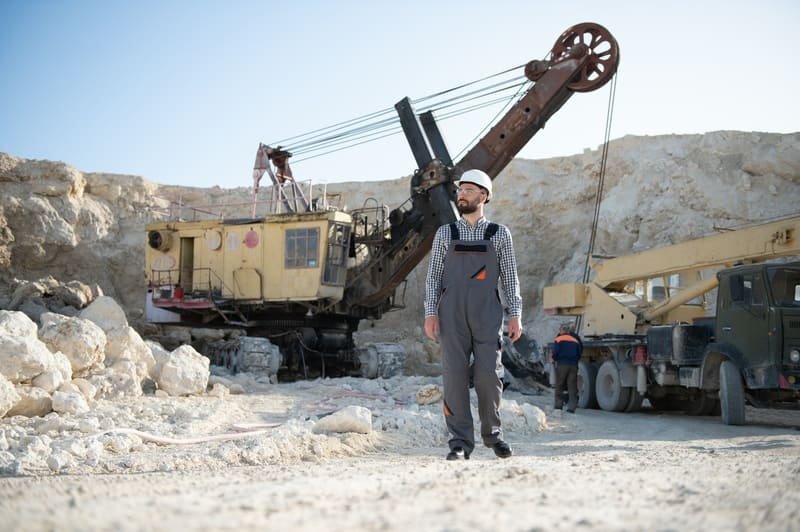
How DTH Drilling Minimizes Deviation
Let me paint a picture for you. Imagine you're on a project site where every inch matters. Here’s where DTH, or Down-the-Hole drilling, becomes your best ally. The hammer sits right behind the drill bit in DTH systems, unlike other methods where the energy travels a long way through the drill string, sometimes getting lost along the way. This unique setup ensures that all that precious energy goes straight to breaking the rock face, minimizing any deviation from your planned path.
Role of Rigidity and Stability
I remember one time when I was working on a mineral exploration project, the precision demanded was through the roof. The rigidity of the DTH drill strings was a game-changer. Unlike top hammer systems that often bend and sway under pressure, the short and stable nature of DTH configurations meant we could keep our drilling path arrow-straight. This level of control made all the difference in our final results.
Adaptability to Varied Ground Conditions
Have you ever had to drill through rock so tough it felt like trying to dig through diamond? With DTH drills, those seemingly impossible tasks became manageable. Their robust design thrives even in fractured or abrasive formations, keeping our drilling precise and on course. This adaptability is exactly why DTH drilling is my go-to choice when precision can’t be compromised.
Energy Transfer Efficiency
I can't overstate the importance of energy efficiency in drilling. By focusing energy directly at the point of impact, DTH systems drastically reduce deviation risks. This means less vibration and more focused drilling, crucial when you're drilling deep into the earth and need every inch to count.
Comparison with Other Drilling Methods
Looking back at times when I used rotary or top hammer methods, the comparison is clear as day. Rotary drills often struggled with accuracy over long distances, while top hammers lost efficiency due to their lengthy drill strings. Exploring these differences8 highlights why DTH is my top choice for precision in tough conditions. It's not just about getting the job done—it's about getting it done right.
DTH drill bits minimize hole deviation better than top hammer bits.True
DTH drills have a stable bit positioning, reducing deviation.
Top hammer drills outperform DTH in deep drilling scenarios.False
DTH systems are more efficient at greater depths due to direct energy transfer.
What Applications Benefit Most from DTH Drill Bits?
Ever wondered how DTH drill bits transform challenging projects into a walk in the park?
DTH drill bits shine in industries like mining, construction, and geotechnical engineering due to their ability to drill deeper with precision and efficiency, especially in hard rock formations. These tools excel by transferring energy directly to the rock, minimizing hole deviation and boosting performance in tough conditions.
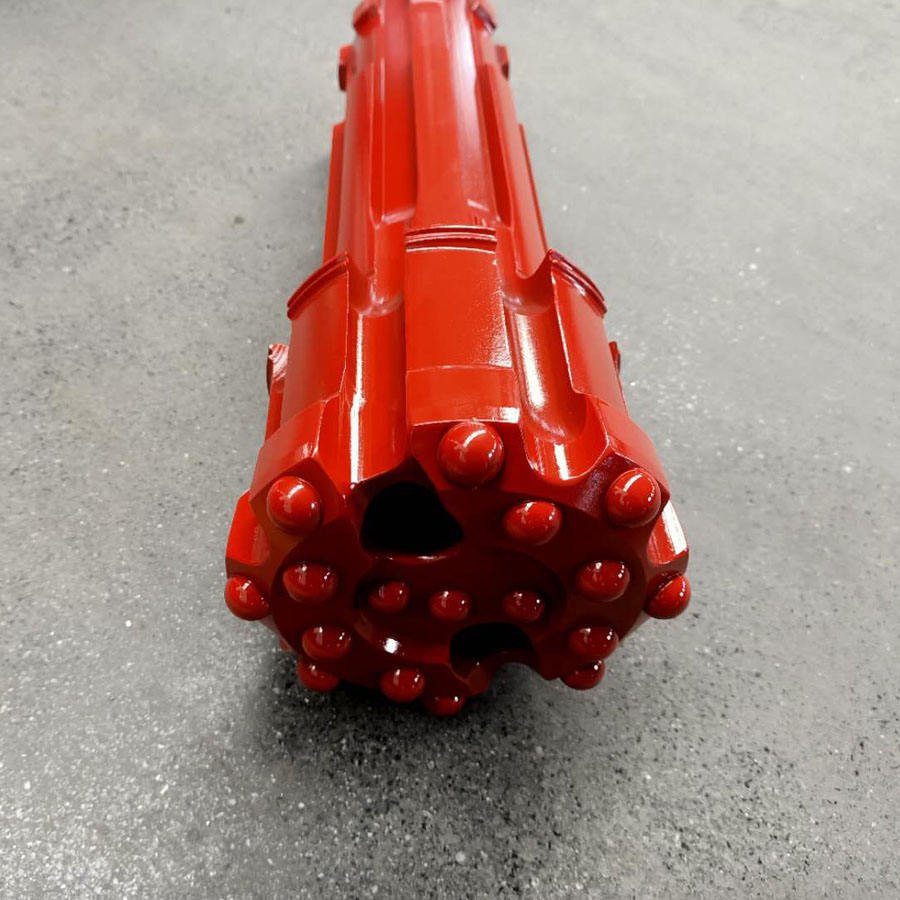
Mining and Quarrying
Let me take you back to a time when I was standing in the middle of a bustling quarry, surrounded by the constant hum of machinery and the acrid smell of freshly blasted rock. It was here that I truly appreciated the power of DTH drill bits. In mining, the stakes are high—precision is key, and so is efficiency. That's why these drill bits are indispensable. They offer superior deeper drilling capability9 with minimal deviation, which is crucial when you're trying to extract resources from the earth efficiently. The direct energy transfer to the rock face enhances penetration rates while keeping operational costs in check. It's like having a magic wand that cuts through tough rock like it's butter.
In quarries, where consistency is paramount, these drills ensure that each blast hole is perfect. Their ability to handle larger diameters means they can tackle a variety of tasks, from bench drilling to pre-split drilling, making them versatile allies in any project.
Construction and Civil Engineering
I remember working on a construction site for a bridge project where precision was everything. The foundation needed to be flawless, and that's where DTH drill bits came into play. Their precision and control were like the steady hands of a skilled surgeon, ensuring that every pile was placed just right. When we hit water-logged sites10, these drills proved their mettle once again, outperforming others thanks to their robustness against water ingress. It's reassuring to know that even in challenging conditions, these tools maintain the integrity and safety of a project.
Geotechnical Engineering
There was this one time during a geotechnical investigation when we faced fractured rock that seemed impossible to penetrate. Other methods failed, but not the trusty DTH drills. Their direct percussive action pushed through with relentless determination. In geotechnical engineering, where varying geological conditions can throw curveballs, having such reliable equipment is crucial. Whether it's gathering subsurface data or installing instrumentation, these drills adapt to the task at hand, proving invaluable in both geotechnical investigations and environmental studies.
DTH drill bits are better for deep drilling than top hammer bits.True
DTH bits have the hammer at the hole's bottom, minimizing energy loss.
Top hammer systems are more accurate than DTH in drilling direction.False
DTH offers greater precision and control over drilling direction.
How Do Maintenance Needs Compare Between DTH and Button Bits?
Ever found yourself knee-deep in a drilling project, wondering if you're using the right bits for the job? I've been there. Here's the lowdown on DTH and button bits maintenance needs.
DTH bits generally require less frequent maintenance than button bits. Their robust design reduces wear on drill rods, while button bits often need more regular checks and replacements due to higher wear rates from their drilling method.
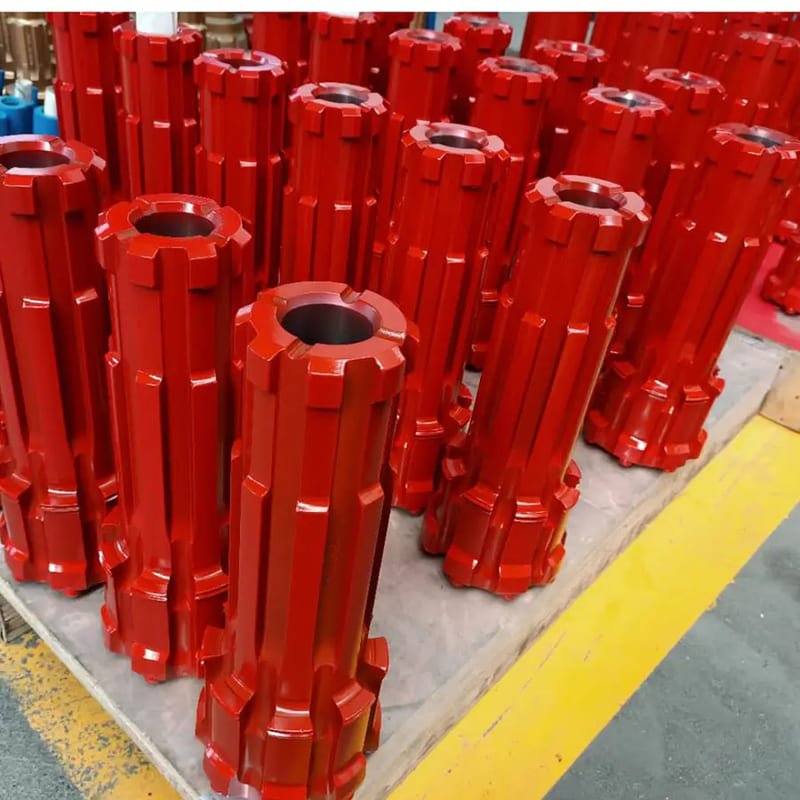
Durability and Wear
Let me tell you about the time I had to choose between DTH and button bits for a project. I was staring at my toolbox, contemplating the durability of each option. DTH (Down-The-Hole) drill bits boast a unique advantage when it comes to durability. The percussive action happens right at the bit, meaning there's minimal energy loss along the drill string. This reduces wear on the drill rods and other components, resulting in less frequent maintenance. On the flip side, button bits11 endure more wear because the force travels along the entire drill string, leading to increased wear on both the bit and rods.
Maintenance Frequency
The frequency of maintenance for DTH bits is typically lower than for button bits. I remember when I first noticed this difference; it was during a long-haul project where I was constantly checking the equipment. With DTH systems, the efficient energy transfer reduces strain on the entire setup. Button bits, however, involve higher vibration levels, which accelerates wear on both the bit and related equipment, requiring more frequent sharpening and replacement—especially in tough conditions.
Operational Environment
The choice between DTH and button bits really hit home for me when we were drilling in challenging conditions. In very hard or abrasive rock environments, DTH bits shine with their durability and lower maintenance demands. They're designed to handle these tough situations without much degradation. Button bits often require more inspections and replacements in similar settings due to their susceptibility to wear under such conditions.
Drilling efficiency12 plays a crucial role in reducing excessive wear.
Cost Implications
Let's talk money—a major factor when comparing maintenance needs. I learned this lesson during budget discussions on a project where every penny mattered. While DTH bits might have a higher upfront cost, their lower maintenance frequency can lead to significant long-term savings. Their increased durability means less downtime for repairs and part replacements, offering overall cost savings.
Conversely, although button bits might start cheaper, their higher wear rate leads to more frequent replacements and increased operational costs over time.
A thorough cost analysis13 can reveal deeper insights into potential long-term savings associated with each type of bit.
Understanding these aspects of DTH and button bits helps operators like me make informed decisions that align with our operational goals and budget constraints.
DTH drill bits require less maintenance than button bits.True
DTH bits absorb impact forces at the bit, reducing wear on rods.
Button bits are better for deeper drilling than DTH bits.False
DTH drills are more efficient at depth due to direct energy transfer.
Conclusion
DTH drill bits outperform button bits in deep, precise drilling due to superior energy transfer, reduced hole deviation, and adaptability in challenging conditions like hard rock and water-logged environments.
-
Learn how DTH systems achieve efficient energy transfer. ↩
-
Explore why DTH drill bits outperform other drilling methods. ↩
-
Discover key elements that enhance drilling efficiency. ↩
-
Learn about DTH drilling's direct energy application benefits. ↩
-
Explore how hole size influences drilling efficiency. ↩
-
Discover tools for achieving deep and precise drilling. ↩
-
Learn how various drilling tools stack up against each other. ↩
-
Learn why DTH offers superior precision over other methods. ↩
-
Learn how deeper drilling enhances resource extraction efficiency. ↩
-
Discover why DTH drills excel in wet conditions. ↩
-
Learn about typical applications and environments for button bits. ↩
-
Understand how efficient drilling impacts wear and maintenance. ↩
-
Explore detailed cost implications of using DTH vs button bits. ↩

